CLICK HERE to Order your Commemorative Brick!
CLICK HERE to Pay by Credit Card

Welcome to the Southport Historical Society Website
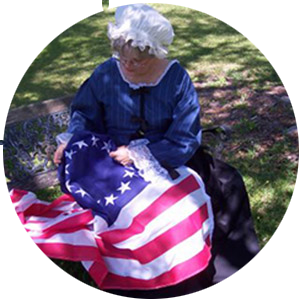
Programs & Places
The Southport Historical Society offers several programs and activities throughout the year. Check out all of the things to do and places to see in historical Southport.

SHS Event Calendar
Stay up to date on upcoming SHS activities! Don't miss our Second Tuesday Talks, Member Meetings, and other SHS Special Events.
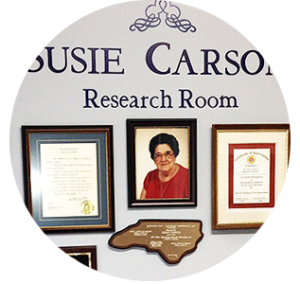
Susie Carson Online Research Room
Explore Susie Carson's vast collection of subject files, photos, and publications that she used to capture Southport's history.
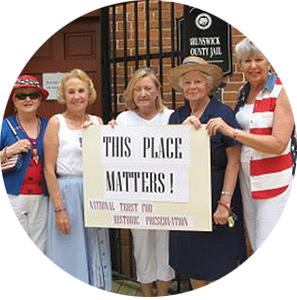
Get Involved
If you are interested in Southport history, there are many ways for you to get involved through membership, volunteerism, and more!
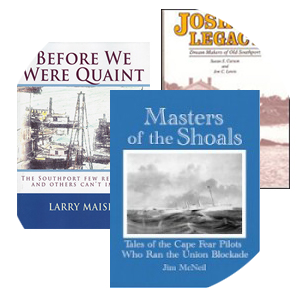
Shop the SHS Store
Purchase books from our online store! Explore our selection of fascinating titles - many of which were written by SHS members!

Coming Soon! SHS Virtual Exhibits
Can't visit us in Southport? We're working on bringing some of our great exhibit content to you!
A Brief History of Southport
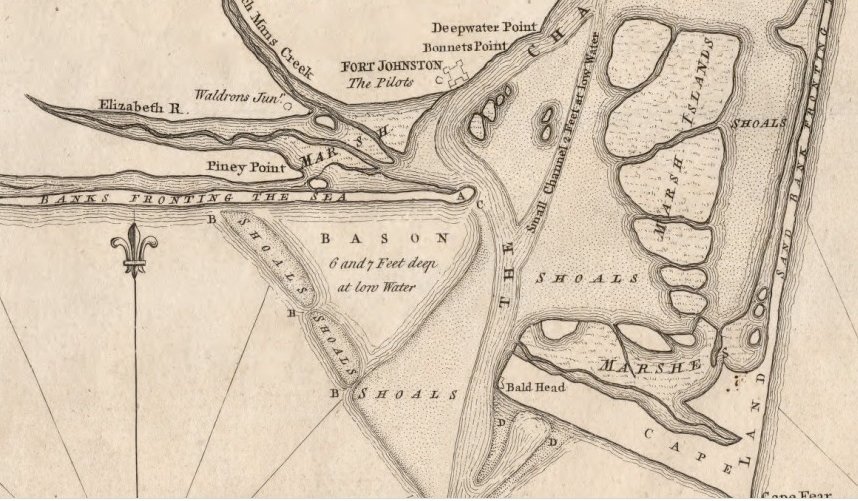
The Lower Cape Fear Area was explored by the Spanish in the early 1520’s. In the early 1700’s it was a harbor for pirates. The first settlement in the area, Brunswick Town, was begun upriver. Fort Johnston was built at the mouth of the Cape Fear River between 1745 and 1754 to protect the upriver settlements, dispatch pilots and provide quarantine service. A small community of pilots, fishermen, and tradesmen grew up around the fort.
In 1792, as envisioned and requested by Joshua Potts, the General Assembly of North Carolina commissioned five men to create the town of Smithville, as Southport was first known, around the fort. The town was named for one of the commissioners, Benjamin Smith, who served in the Revolutionary War and who was later elected Governor of North Carolina.
The town of Smithville grew as a fishing village and military town. It became a popular summer resort because of the pleasant climate and healthful sea breezes. Fort Johnston was active during every war in which the United States has been involved. In 1808 Smithville became the county seat of Brunswick County.
During the 1880’s, business interests promoted plans for combining river transportation and railroad service to make the town into a major Southern port. The town’s name was changed to Southport in 1887 as part of the effort. Although the dream did not materialize, the town did acquire telegraph lines, kerosene street lamps and a coaling dock for steamships.
Southport was regularly serviced by river steamer until 1925 and served by railroad from 1911 until just before World War II. The ferry connection to Fort Fisher began in 1966. The county seat was relocated to Bolivia in 1978.
Southport is listed in the National Register of Historic Places. The town has been observing Independence Day since 1795 and annually hosts the official North Carolina 4th of July celebration.
Recent years have seen an influx of retirees moving to the area around Southport, however, the population of the town itself has remained at about 3,400. Many homes in town have been renovated and add to the charm of our seaside village. It is the desire of the society to maintain the historical integrity of our community. This would ensure that future generations will continue to enjoy what makes our little corner of the North Carolina coast so special.
